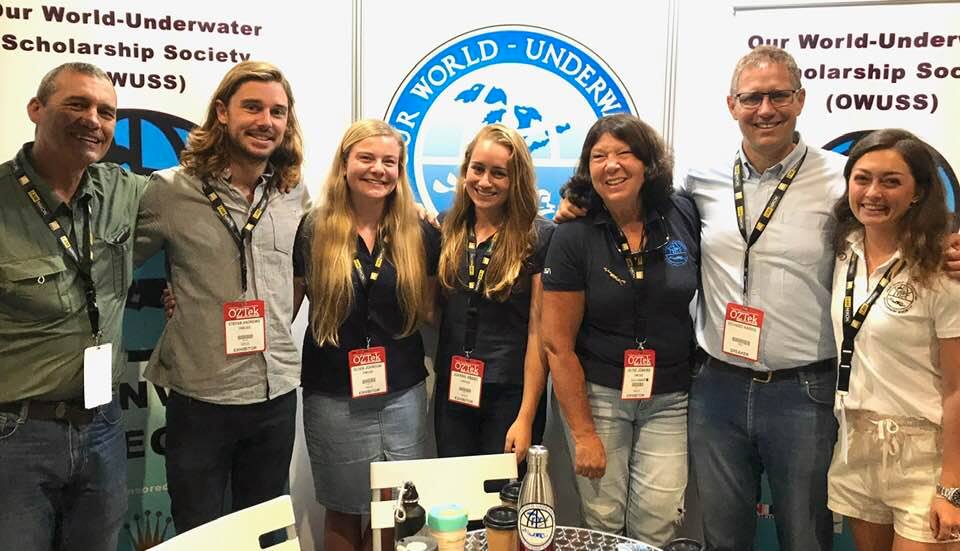In November last year, I was fortunate enough to meet Jeroen Jongejans, Kate Malcolm and Darren Spratt from Dive! Tutukaka in New Zealand at DEMA 2018 in Las Vegas. I was giving my half-way presentation at the scholarship breakfast, and not long after I’d finished Darren came up and had a chat to me about the urchins he’d noticed I was working on in Tasmania for my honours research.
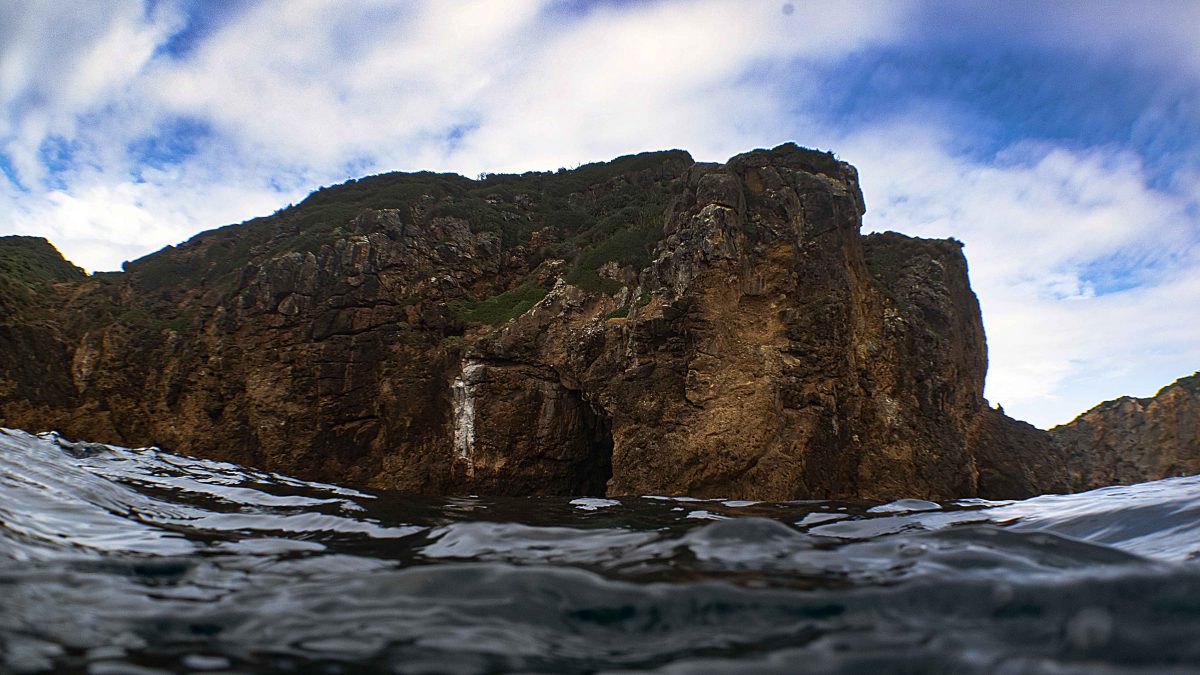
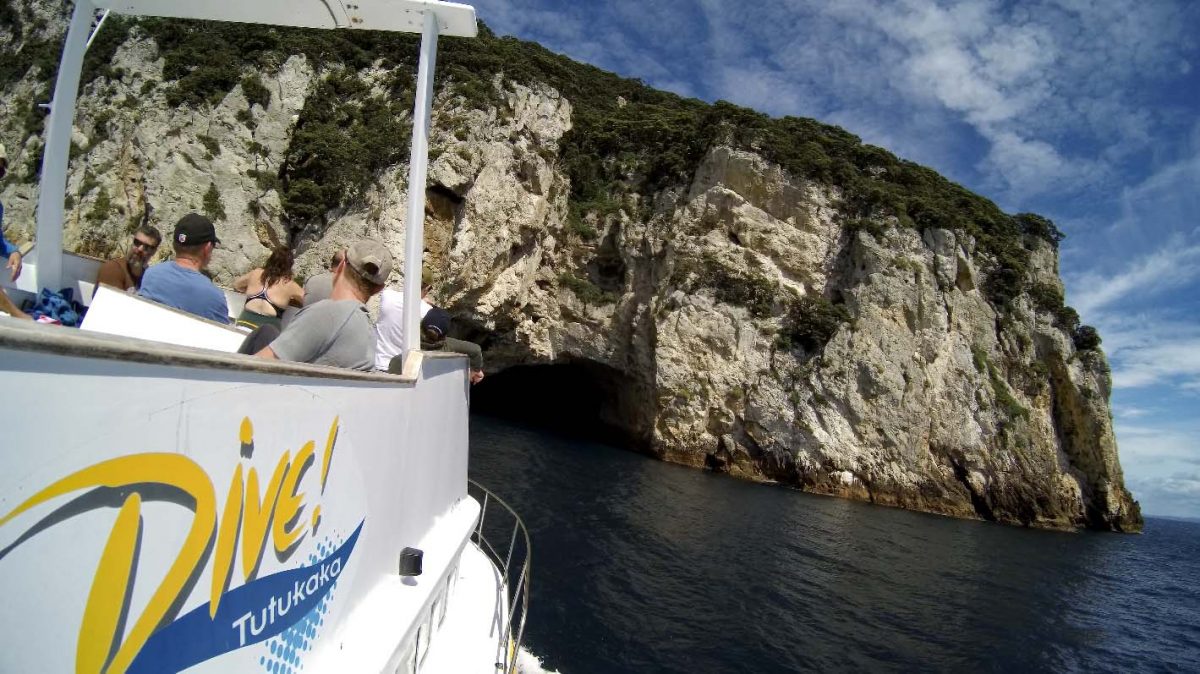
I was extremely fortunate to be invited by the wonderful team at Dive! Tutukaka to come and have a look at the urchin species I had studied in a different part of the world – the spectacular Poor Knights Island Marine Reserve, just south of the Bay of Islands, on the North Island of New Zealand.
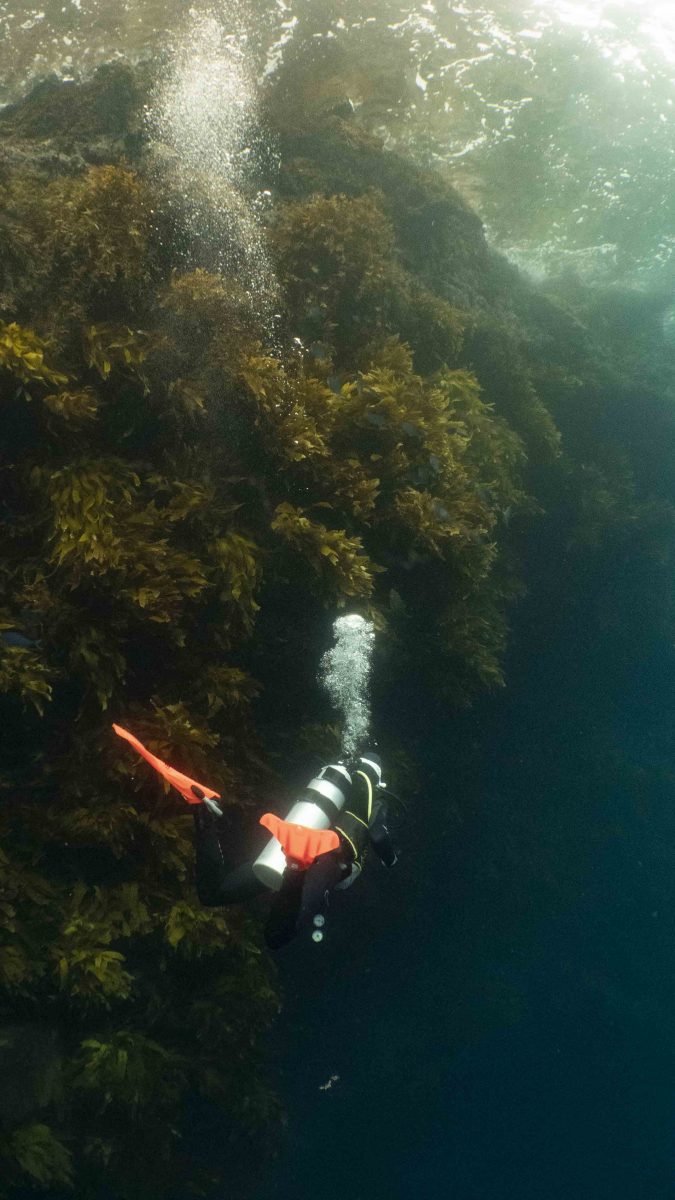
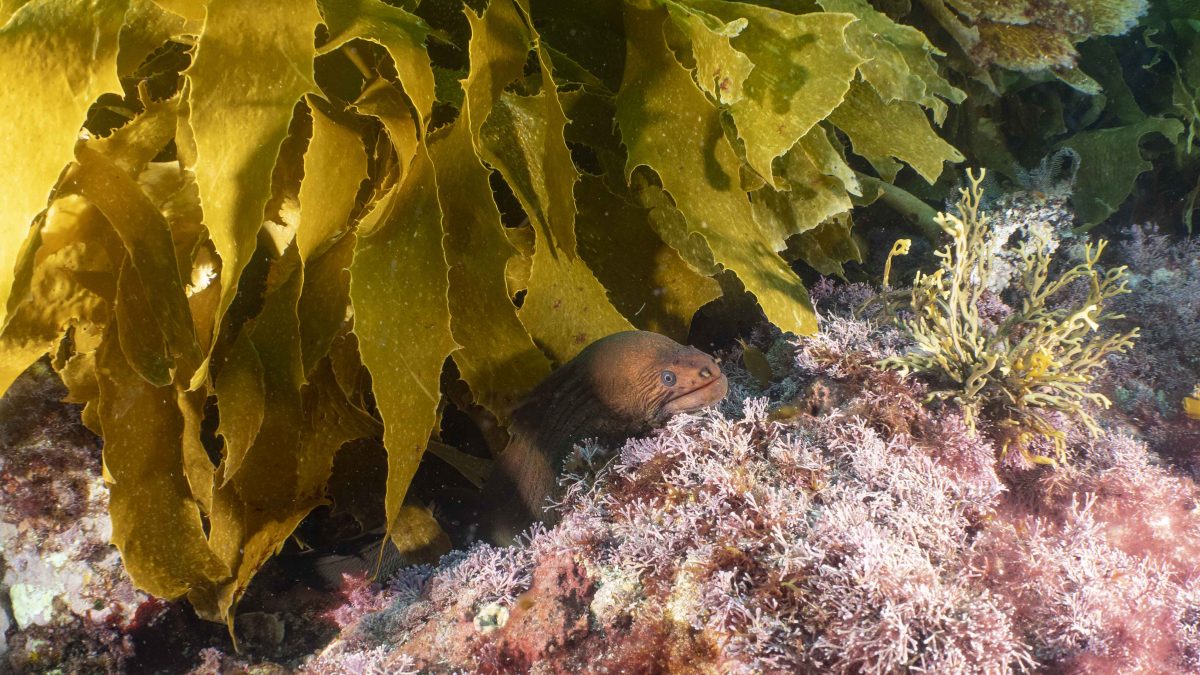
It took approximately 3 hours on a bus from Auckland city to get up to this incredible part of the world, and I was so glad I had decided to take Kate, Jeroen and Darren up on their offer! A total Marine Reserve and Nature Reserve, and named in Jacques Cousteau’s top 10 dive sites in the world (pending World Heritage Site), the Poor Knights is an 11 million-year-old group of volcanic Islands, which provides spectacular drop-offs, walls, caves, arches and tunnels both above and below the surface.
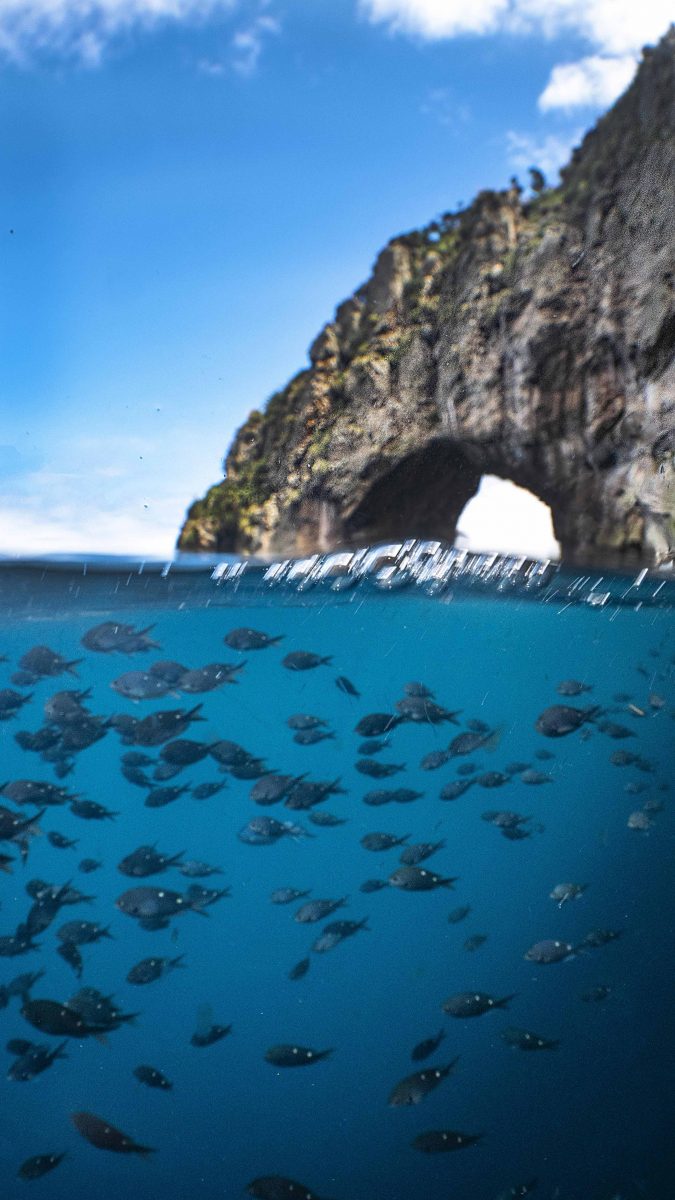
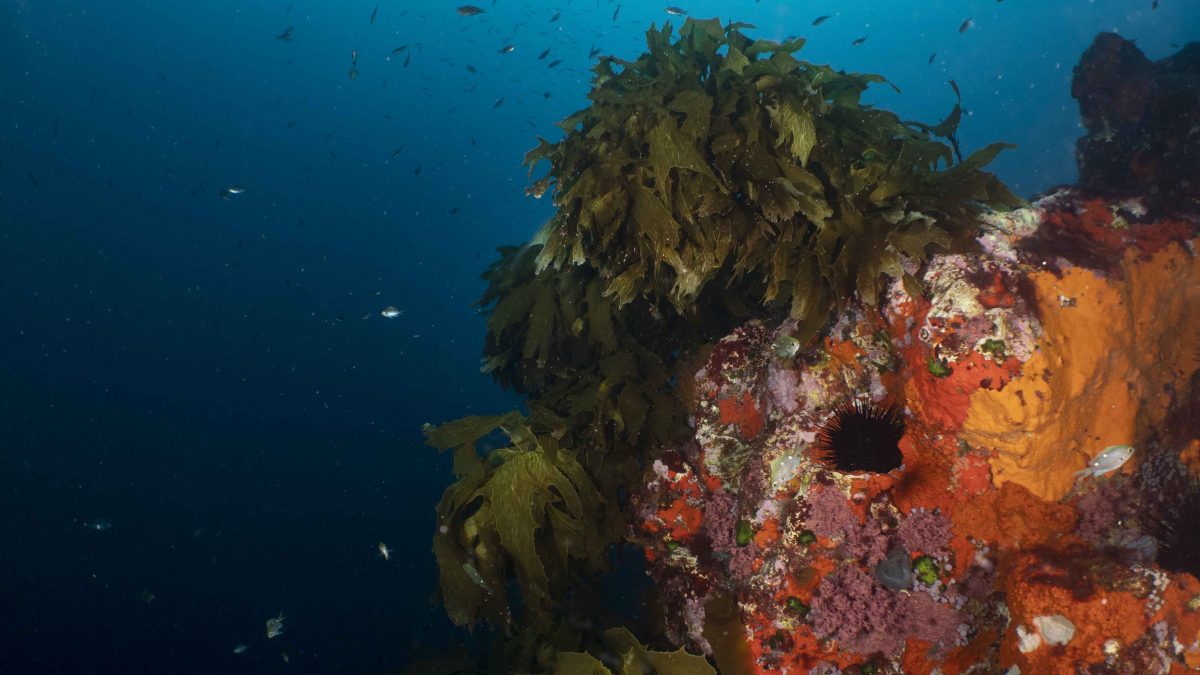
Once a Maroi settlement, the islands are now home to a range of endemic species, from insects, birds to reptiles. The islands are not accessible to the public due to the vulnerability of so many of the species found here, but underwater allows a taste of just how incredible this part of the world is.
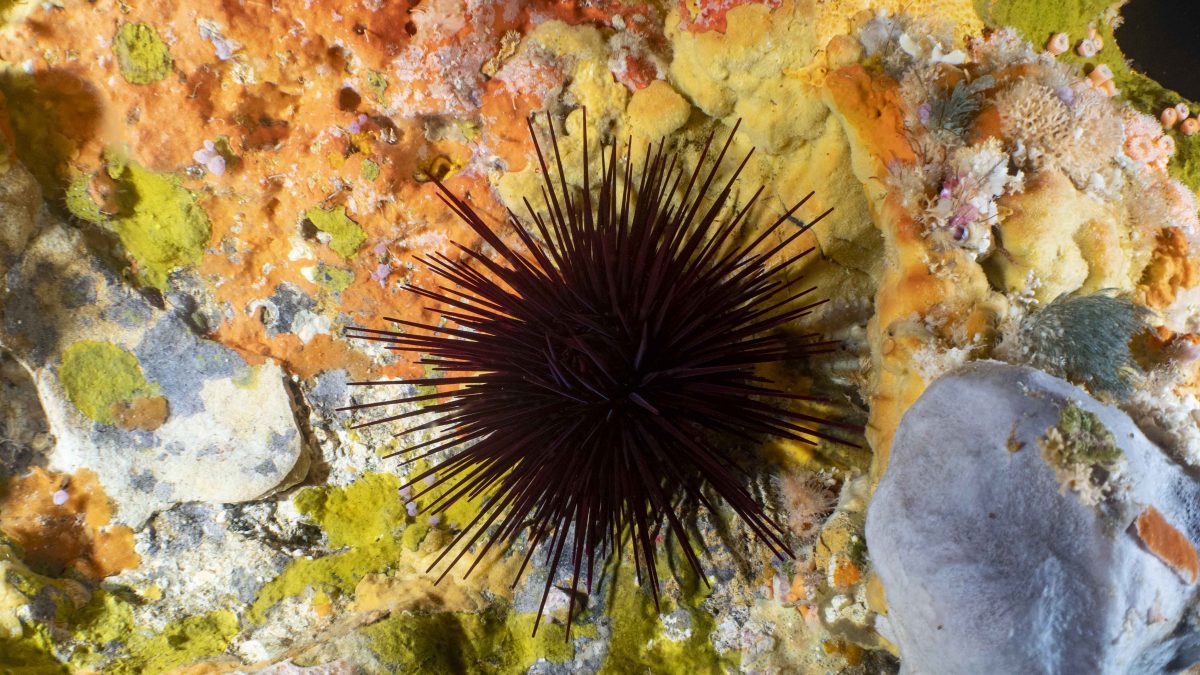
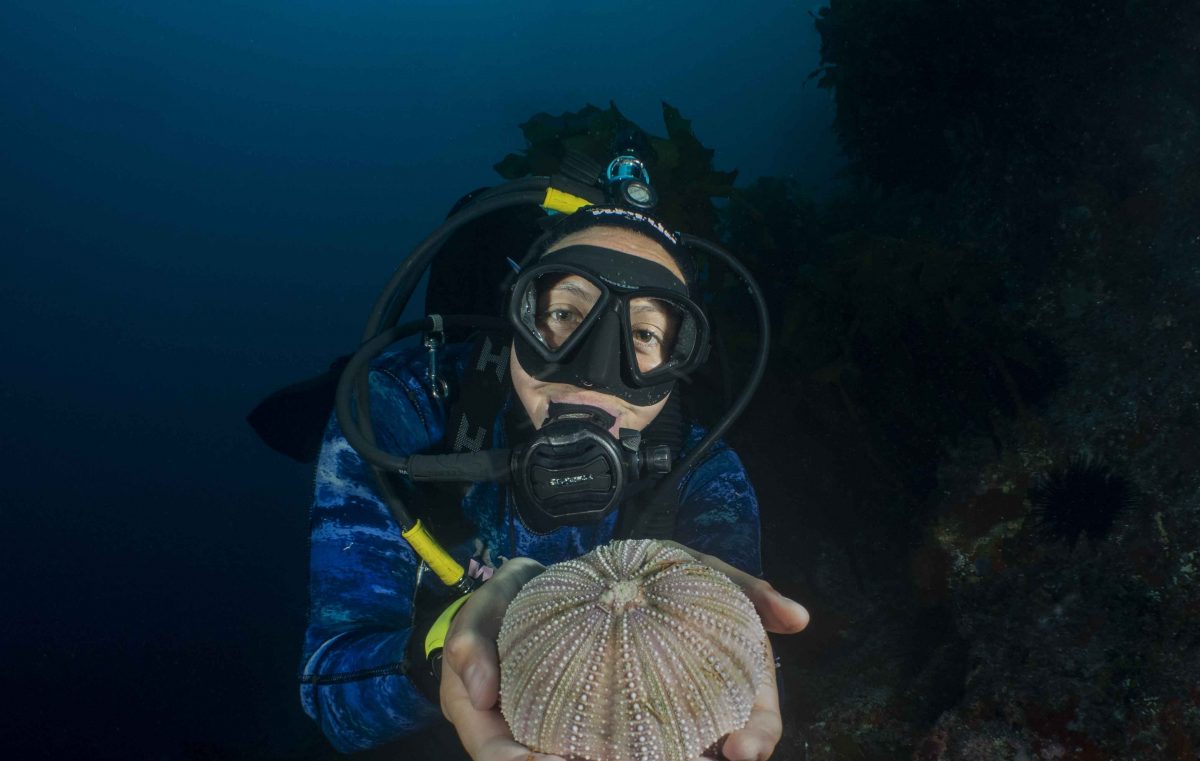
Receiving a large amount of influence from the East Australian Current (most likely how the Long-spined Urchin larvae would have been carried around to the Poor Knights), the water temperature was a wonderful 22 degrees Celsius, making this a sub-tropical region. The islands themselves lie close to the continental shelf and are therefore influenced by upwelling of nutrient-rich waters. This provides a large food source to so many species, resulting in a huge amount of diversity of species and because of the area being a Marine Protected Area, a huge abundance of these animals.
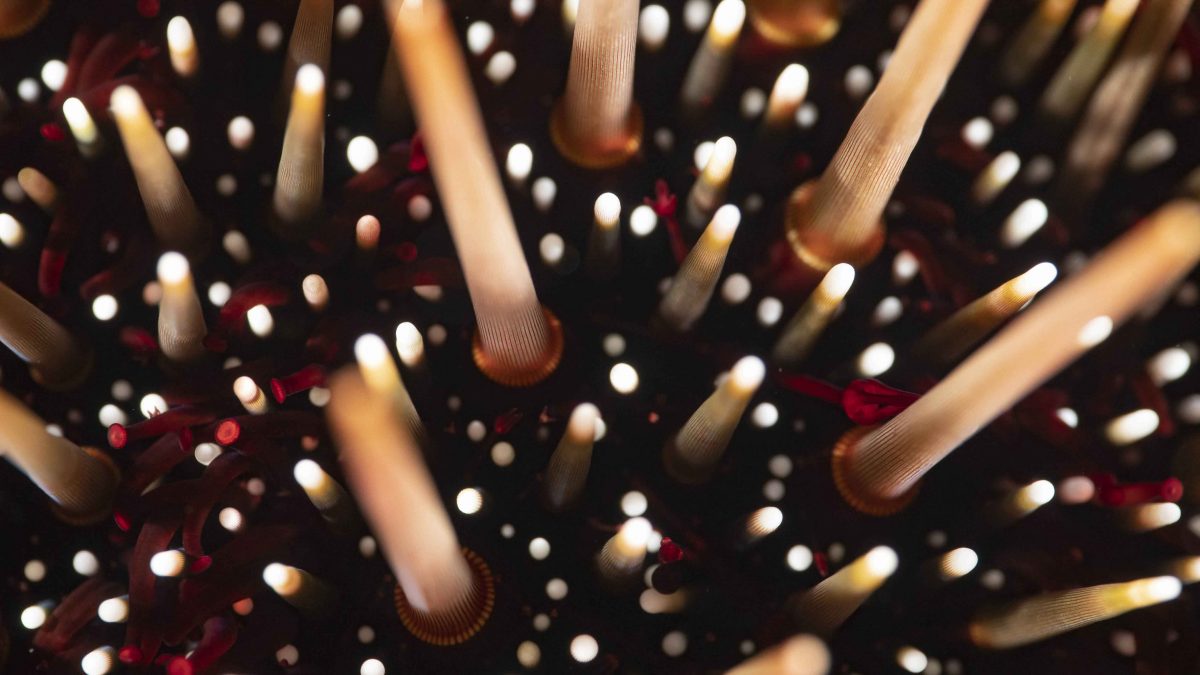
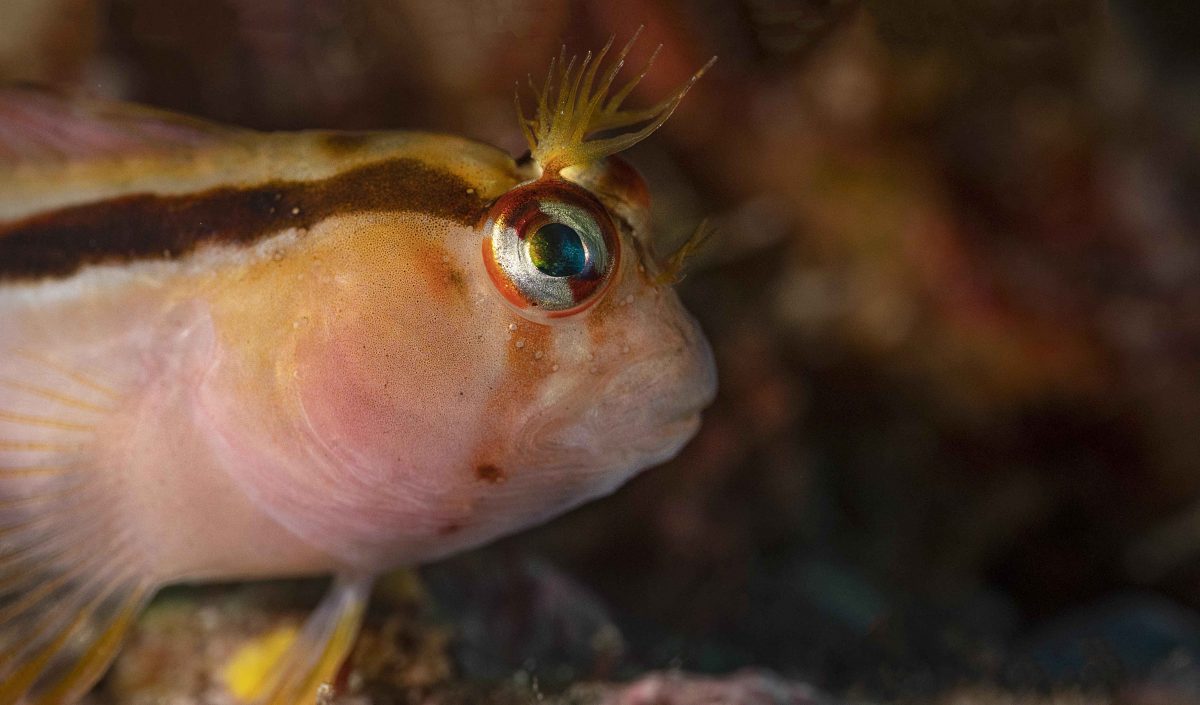
Due to these influences there is such a variety of species to observe, and it is amazing to see tropical species darting through a kelp forest! I was even lucky enough during my time diving the Poor Knights to see Hammerhead Sharks cruising on the surface, to enormous pods of Bottlenose Dolphins playing around the boat.
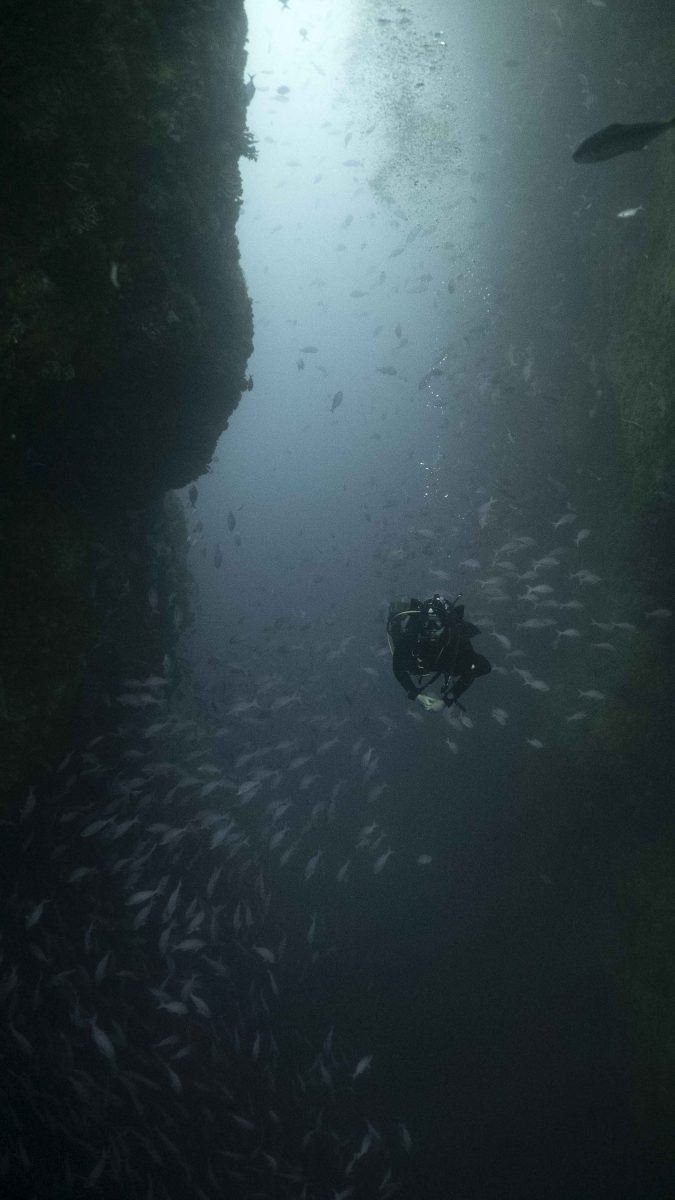
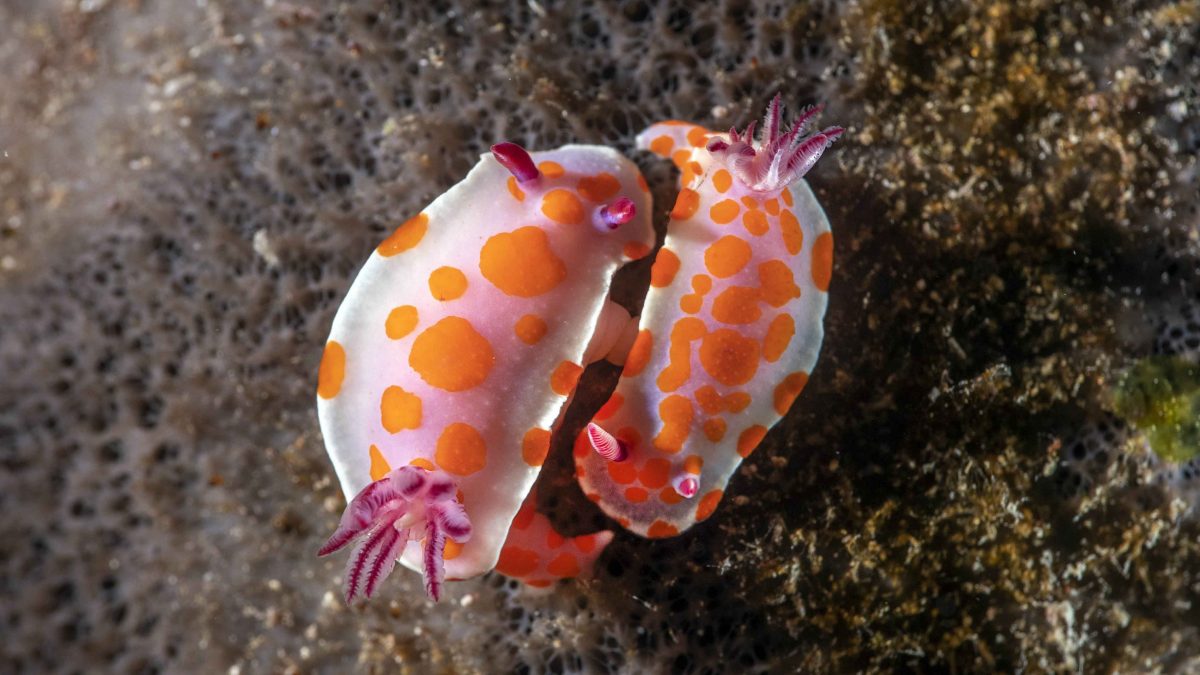
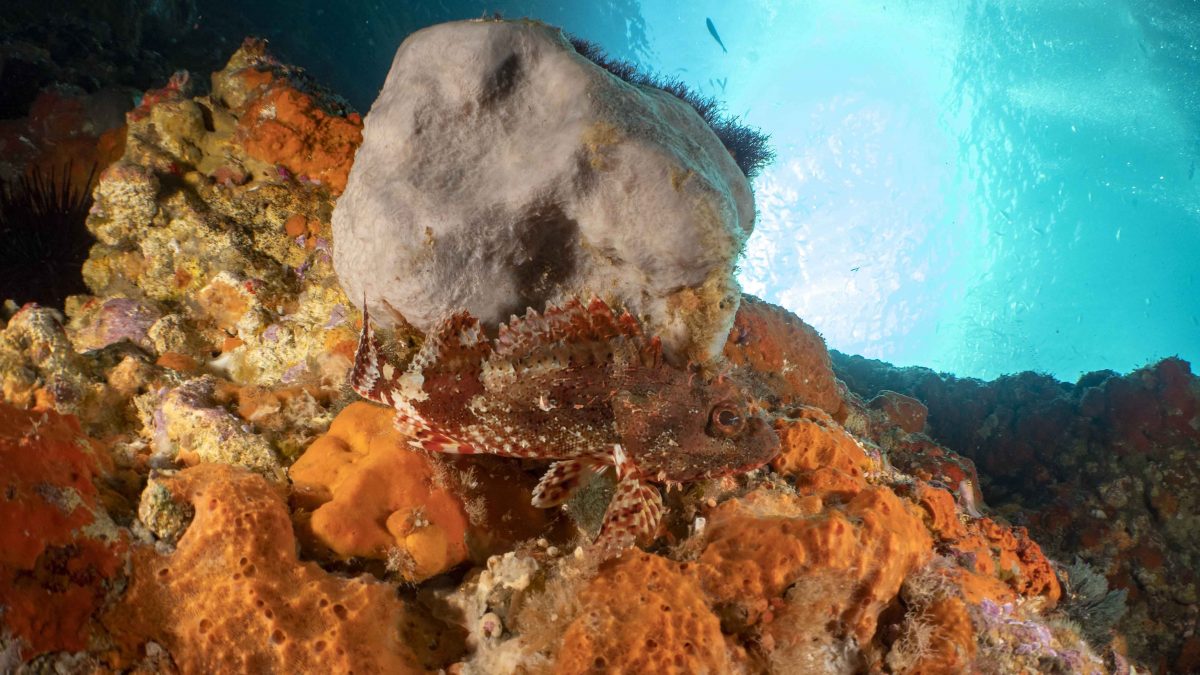
These reefs support over 125 species of fish along with soft corals, encrusting sponges, vibrant anemones, Ecklonia Kelp Forests, enormous Sting Rays, Gorgonians and so much more. I was lucky enough to even have huge Snapper and other pelagic fish species just swim right up to me – this is all thanks to this area being designated a Marine Protected Area, and shows the true power of MPA’s in allowing regeneration of species, as well as thriving abundances.
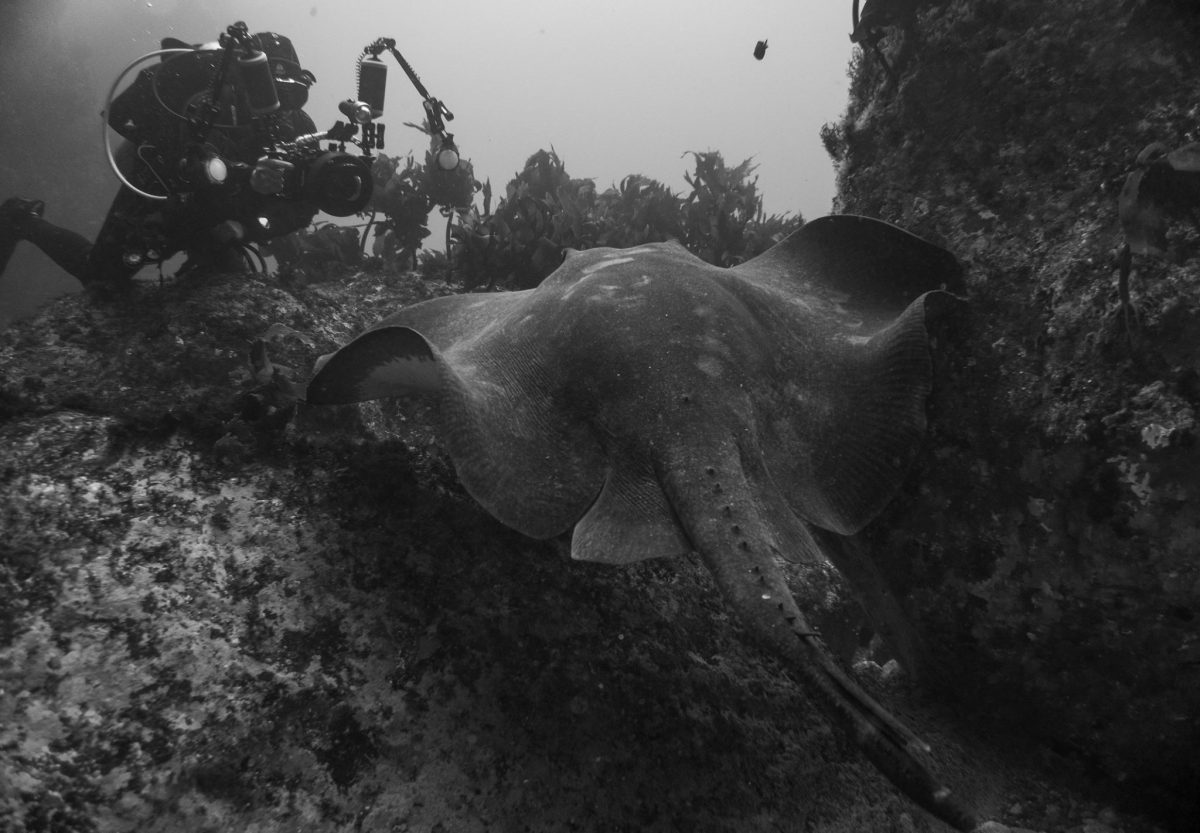
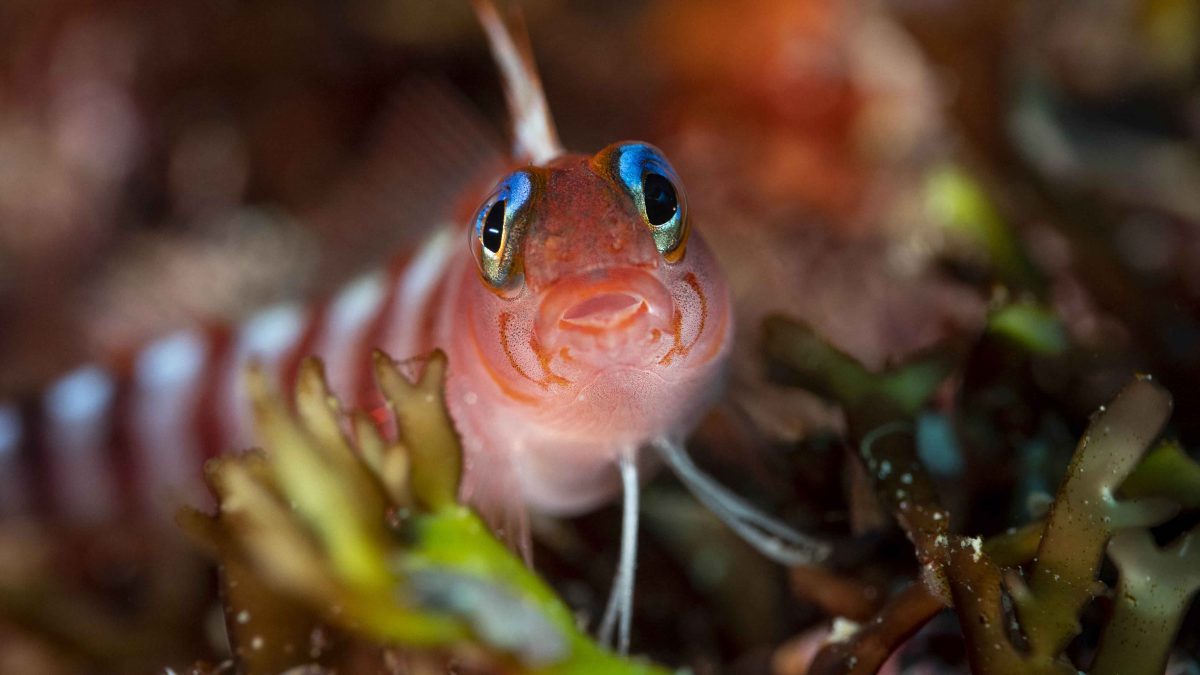
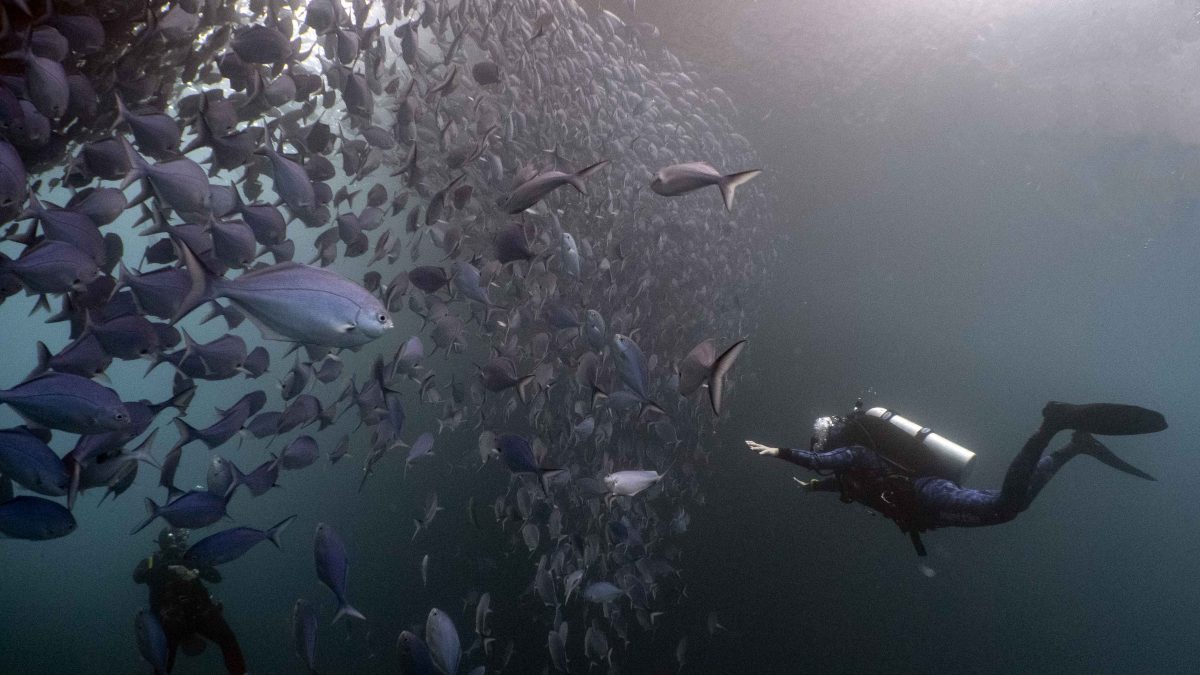
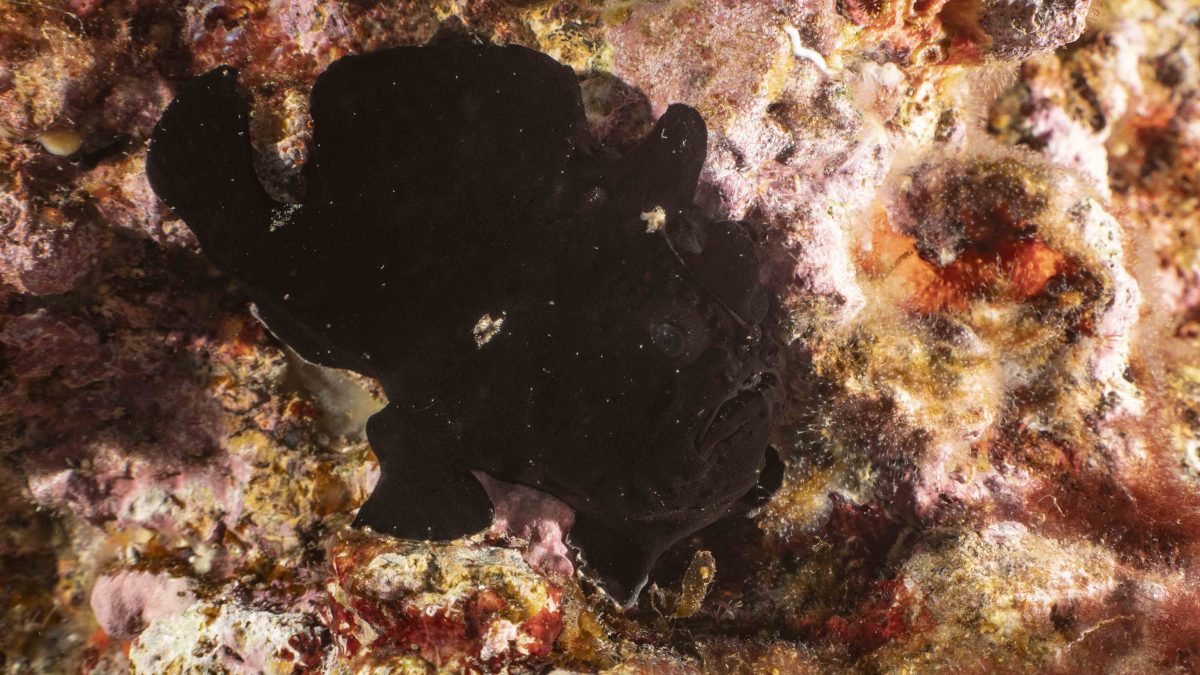
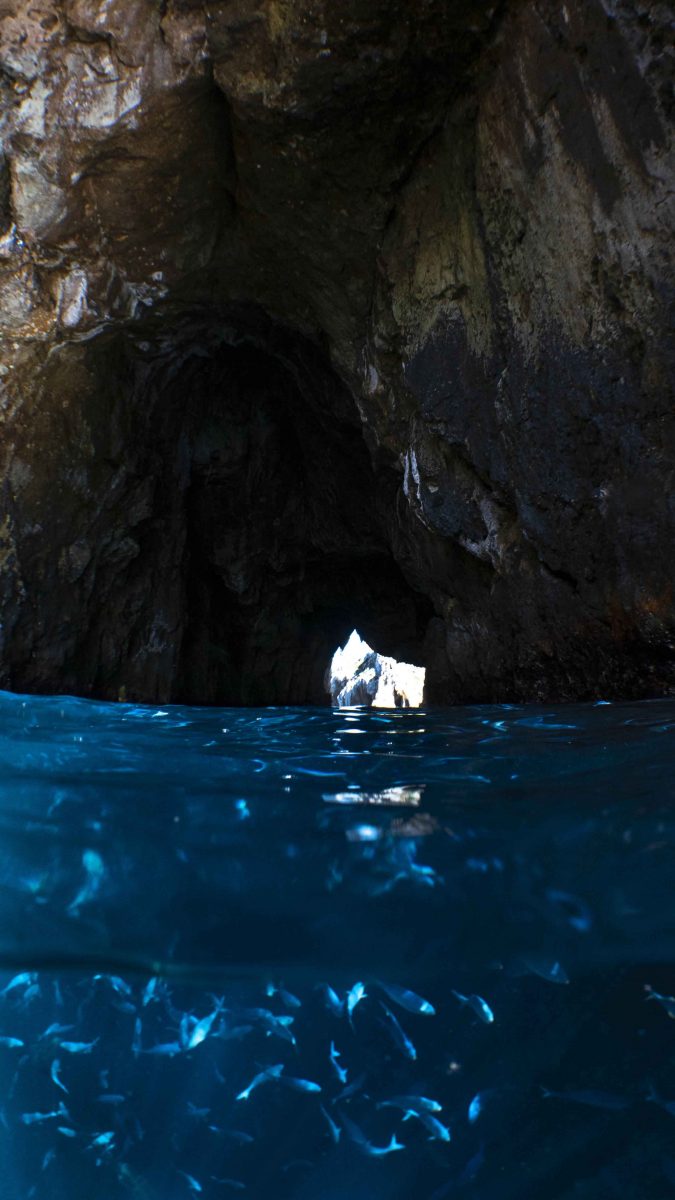
It was such a special opportunity and experience to dive and work with the local dive guides and instructors to learn more about this area, and in particular, observe the Long-spined Sea Urchin in a sub-tropical environment in another country, as well as some of the patterns in this local ecosystem. It was also wonderful to be able to pass on my knowledge about trends we have observed in Tasmania in regards to overgrazing of the kelp forests by the urchins, and some of the key signs the Dive! Tutukaka team members can continue to monitor over time in relation to the non-native urchins in this part of the world.
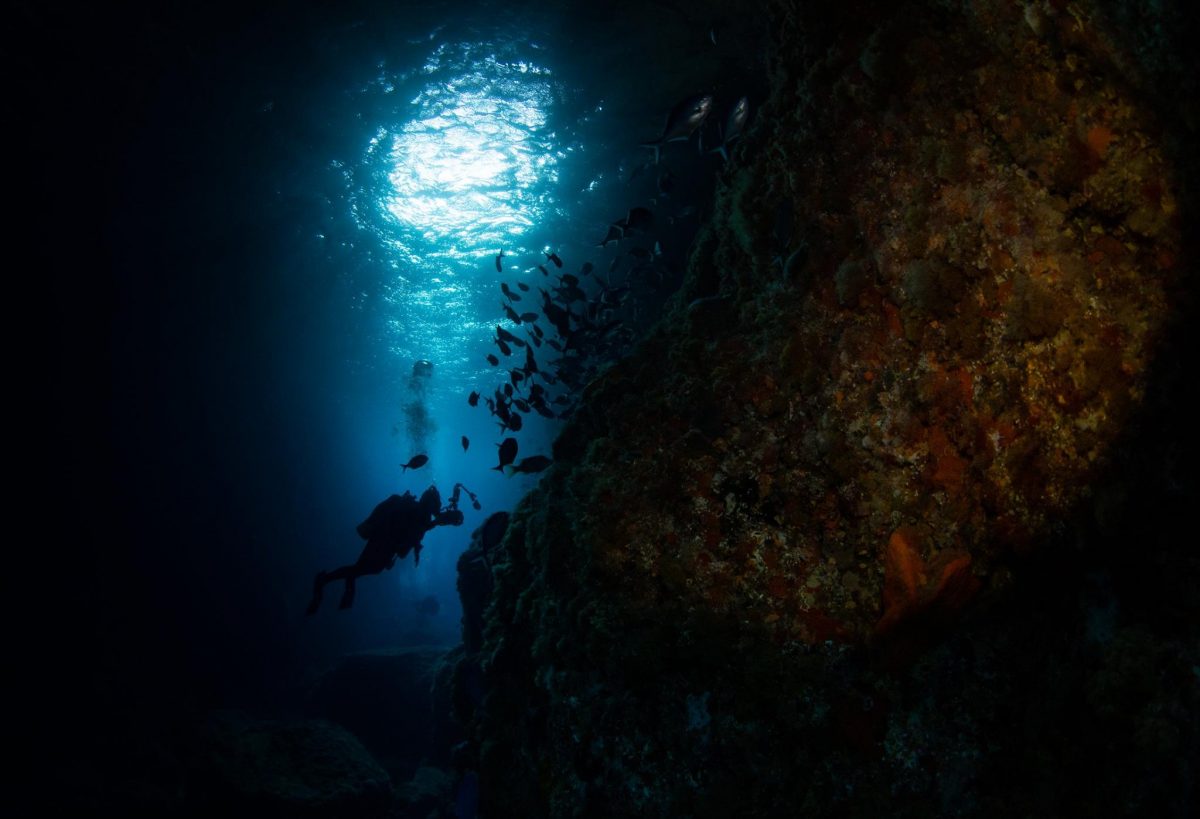
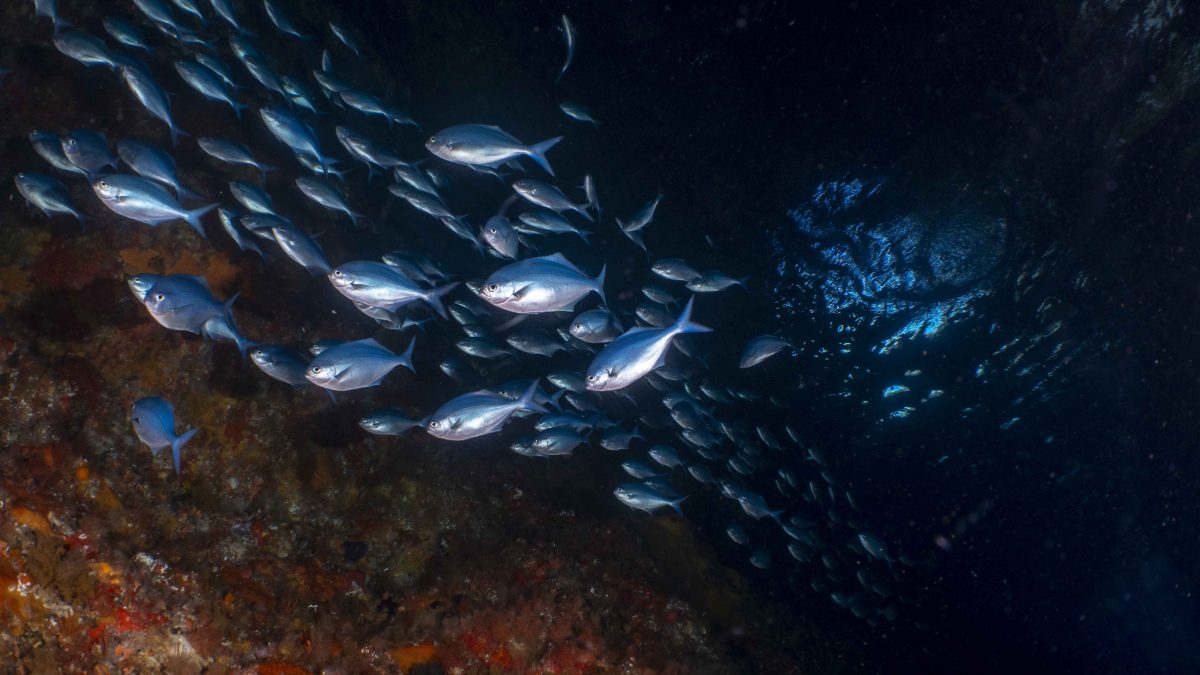
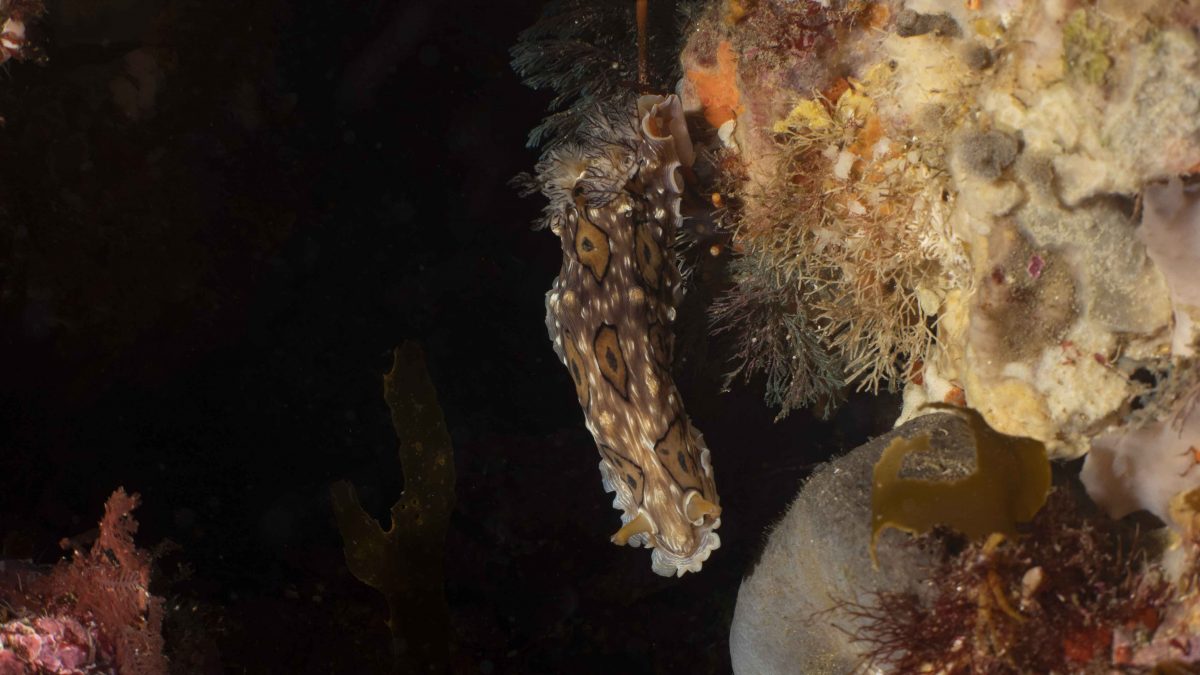
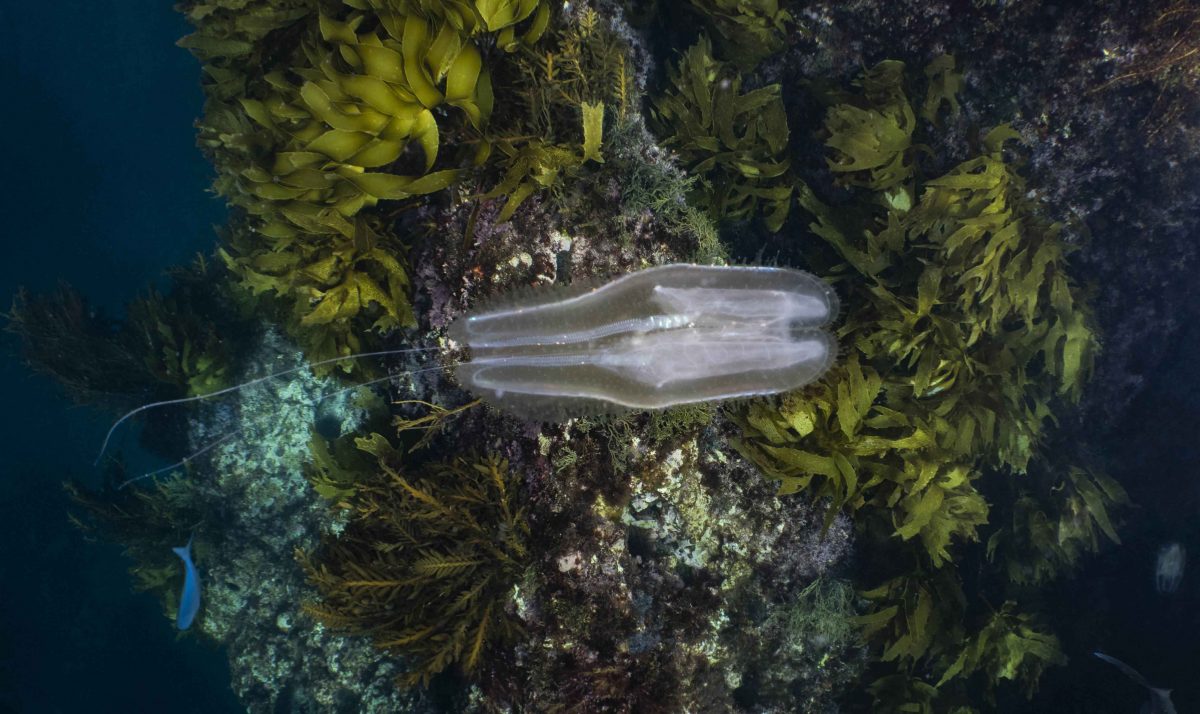
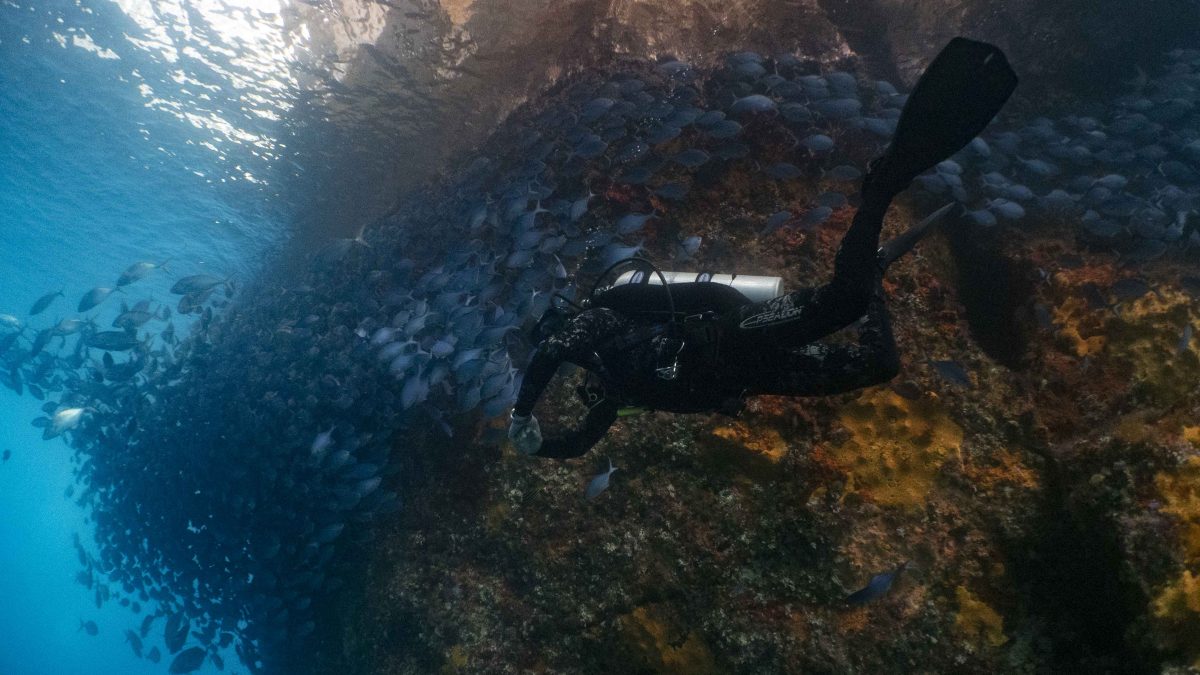
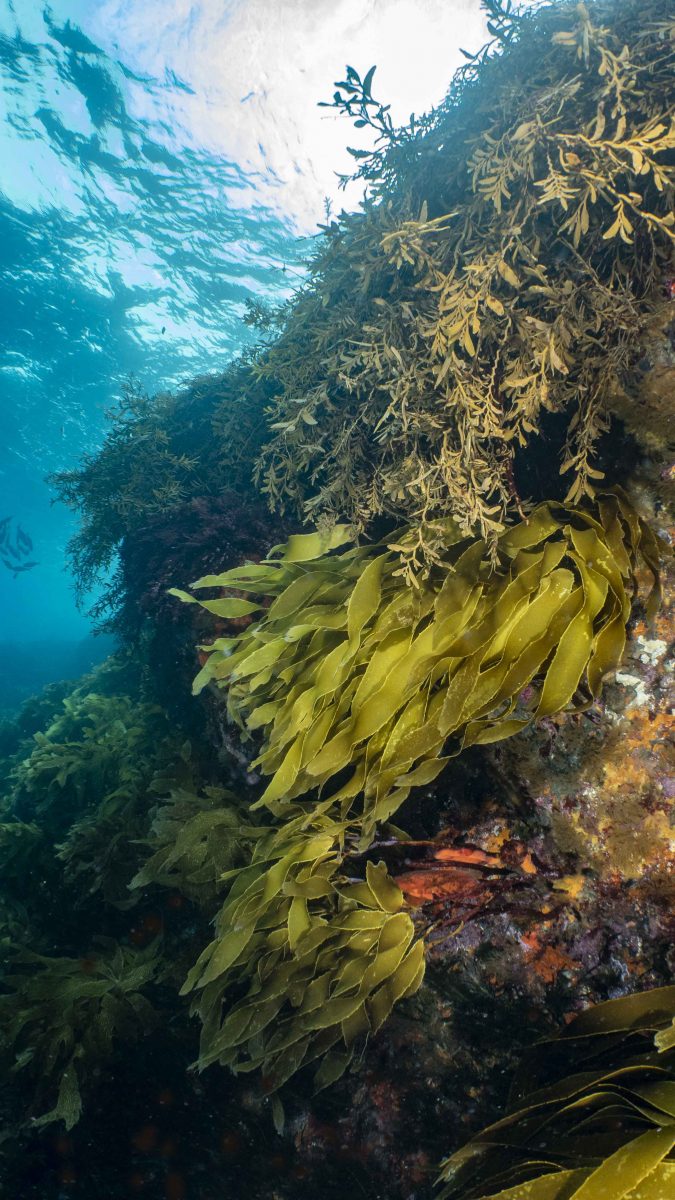
I cannot thank Jeroen, Kate, Darren, Julez and the rest of the team enough for inviting me to dive in this incredible part of the world – I will certainly return to this beautiful part of the world one day, and cannot recommend this incredible place more highly!

As always, a big thank you to those who continually support my scholarship year: OWUSS, Rolex, TUSA, Waterproof International, DAN, PADI, Mako Eyewear, Reef Photo & Video and Nauticam.
OzTek 2019
On my way back to Australia I was also lucky enough to attend and help run the OWUSS booth at OzTek 2019 with the Australasian VP Jayne Jenkins and Australasian Coordinator Sue Crowe, past scholars Stefan Andrews, Matt Carter, Melinda Brown and incoming 2019/20 scholar Joanna Smart.
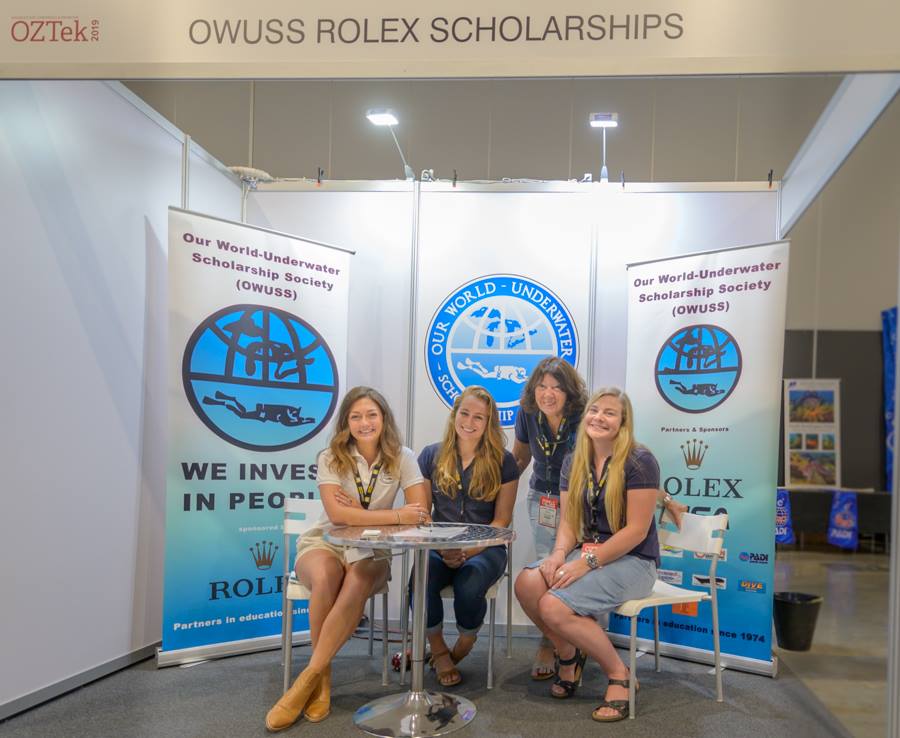
It was a fantastic opportunity to catch up with some of my incredible sponsors who have kitted me out with my incredible gear over my scholarship year, and thank them once again for their support. We were all very privileged to meet Australians of the Year Dr Richard Harris and Dr Craig Challen. These two incredible men were fundamental in the succes of the Thai Cave rescue that happened in July 2018. It was an incredible honour to be able to hear a first-hand account of the rescue in such detail from both of the divers during the OzTek show.
